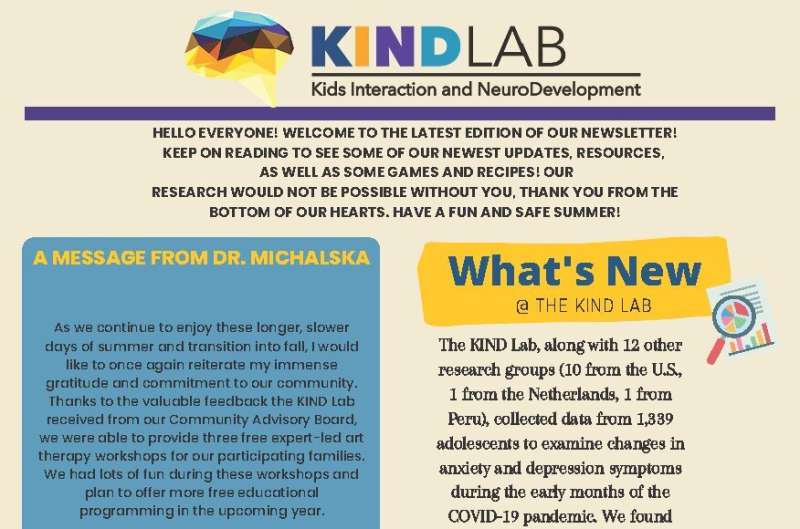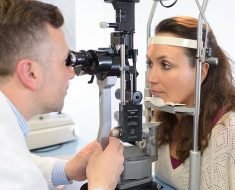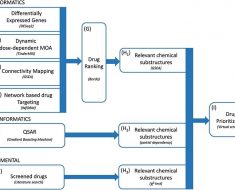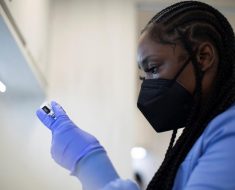
Until recently, psychologist Kalina Michalska had never used community-based participatory research, or CBPR, in her work, but now she can’t imagine not using it.
CBPR, which dates to the early 1930s, is an intensive research approach that involves partnerships between researchers and community members throughout the research process, giving communities a voice in how the research proceeds and allowing them to make use of the findings more effectually.
The study led by Michalska, an assistant professor of psychology at the University of California, Riverside, is published in the journal Frontiers in Integrative Neuroscience and is part of a special issue on equity and diversity in neuroscience research. The study began with a focus on the neural bases of disruptive behavior disorder and conduct problems in Latina youth, based on Michalska’s prior work.
Through speaking with families, however, Michalska’s team found that the issues under study were more nuanced than behavioral disorders.
“We learned that what girls in our community were instead struggling with was elevated panic, and separation and social anxiety,” Michalska said. “We then re-evaluated the aims of our study to prioritize these concerns. An important aspect of community-engaged research is the condition that community members work with researchers as equal parties and shape the research of which they are a part.”
“I am now such a believer in CBPR that I will not go back to not using it,” Michalska said. “When you listen to the community and give its members a voice about their own lived experiences, you prioritize the issues the community has, not the issues researchers think the community has. CBPR treats participating community members as experts, and it better reflects community needs and issues. And because CBPR doesn’t just advance science but also improves the community, it’s an opportunity for researchers like me to give back to society.”
According to Michalska, had her research team not incorporated a CBPR approach, many of the team’s ongoing research directions would not exist. Now, her team shares with participating families a biannual newsletter produced by the Kids Interaction and Neurodevelopment (KIND) Lab at UCR, which Michalska directs, as well as results, in lay language, on relevant published research papers and conference proceedings.
Michalska said CBPR asks: how will the lives of people in communities be impacted by a specific piece of research and do those people have a voice in whether and how the research will be conducted? She explained that psychology and neuroscience have not typically used CBPR.

“But as magnetic resonance imaging and other neuroscientific techniques get more incorporated into the mental health research agenda, it is incumbent on neuroscientists to pay close attention to diversity and representation in their work. Regrettably, in neuroscience, many discussions around these issues today do not involve the community under study.”
Neuroscientists’ research questions, hypotheses, and methods can have unacknowledged biases, Michalska said.
“We need to open communication channels and check in with our research participants to help minimize such biases,” she said. “Already, neuroscience research has a severe underrepresentation of marginalized groups as study participants; Black, Latina, and other women of color are conspicuously absent. Such exclusion directly harms communities and prevention and intervention approaches, such as medical protocols, mental health recommendations, and governmental policy creation, can get biased. CBPR can be a remedy and facilitate impactful change in neuroscience.”
Michalska believes community-engaged research can increase public trust in science and the scientific process.
“Including communities in the research design and interpretation can be a powerful learning opportunity for community members to experience first-hand how research is done,” she said. “This could especially empower young people.”
Next, Michalska’s team plans to incorporate youth voices in its research and interact more closely and strengthen partnerships with communities.
“Going forward, whenever possible, we plan to include measures in our research that are developed from the perspective of participating communities, including measures addressing systems of inequality,” she said.
Michalska and Mullins were joined in the study by graduate student Shayna La Scala of UCR, and Rengin Firat of the Korn Ferry Institute. Firat was an assistant professor of sociology at UCR when the study was done.
The title of the research paper is “Equity, diversity, and inclusion in developmental neuroscience: Practical lessons from community-based participatory research.”
More information:
Shayna La Scala et al, Equity, diversity, and inclusion in developmental neuroscience: Practical lessons from community-based participatory research, Frontiers in Integrative Neuroscience (2023). DOI: 10.3389/fnint.2022.1007249
Journal information:
Frontiers in Integrative Neuroscience
Source: Read Full Article





